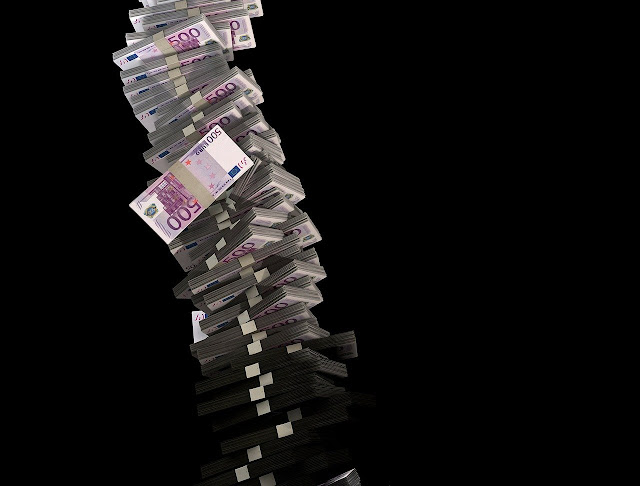Another Surprise - Fundamental Data Work As Expected. EUR/USD Correlates positively with Euro Area GDP Change
A single look at the Euro Area GDP percent change (orange line) reveals that this statistic is so boring, that it is almost impossible that it correlates with anything. However, a closer look shows that especially during the crises of 2008 and 2020, it moved in the same direction as the EUR/USD percent change (blue line). The correlation coefficient for the data shown below equals 0.2. This correlation strength should be interpreted as visible but not strong.
Unlike in the case of the relationship of the EUR/USD rate with the US GDP, this chart looks logical. The higher Eurozone GDP means that more dollars have to be paid for a certain amount of euros. The exchange rate grows, and this is exactly what it should do.
There is one problem, however. The correlation coefficient can change rapidly due to individual data that deviate significantly from the average. This is the case here. Removing just four data points from the set would cause the correlation coefficient to drop to 0.08. This result would mean that the correlation is, in fact, not existing. Also, the cause-and-effect relationship between both variables is highly questionable.

